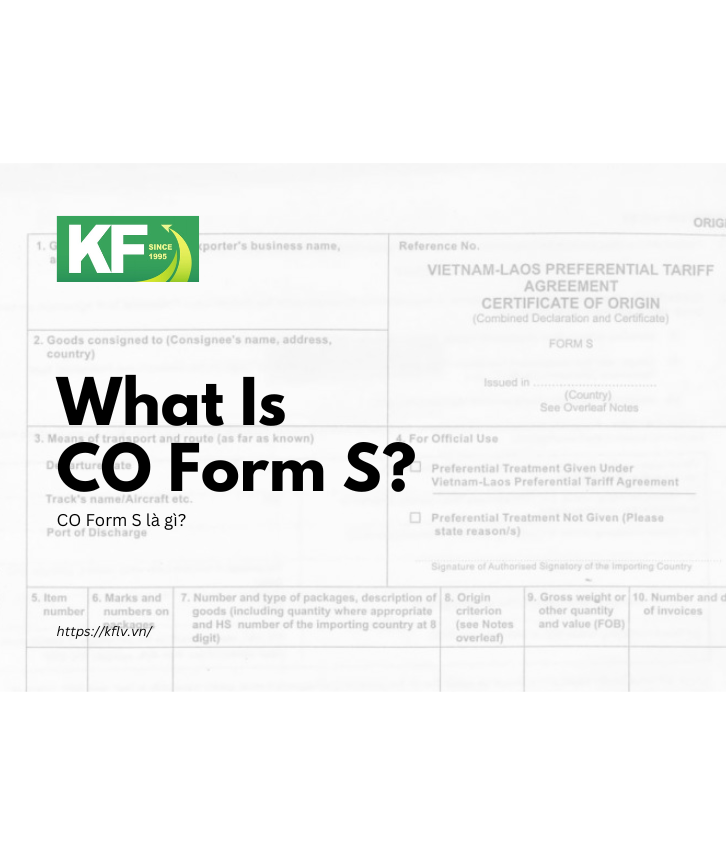What Is the CPTPP Agreement? Opportunities and Challenges for Vietnamese Businesses

What is the CPTPP?
What is the CPTPP?
The Comprehensive and Progressive Agreement for Trans-Pacific Partnership (CPTPP) was officially signed on March 8, 2018, in Chile and took effect on December 30, 2018. It is one of the world’s largest free trade agreements (FTAs), featuring:
- 11 member countries: Japan, Canada, Mexico, Australia, New Zealand, Singapore, Malaysia, Vietnam, Brunei, Chile, and Peru.
- Total GDP: Approximately USD 10.567 trillion, accounting for 13.5% of global GDP.
- Over 500 million consumers across the Asia-Pacific and the Americas.
Notable member economies:
- Japan: USD 4.872 trillion (~50% of the bloc’s GDP)
- Canada: USD 1.653 trillion
- Australia: USD 1.323 trillion
- Mexico: USD 1.150 trillion
- Vietnam: USD 255 billion (around 2%)
Import-Export Opportunities from the CPTPP for Vietnamese Businesses
Export benefits:
- Increase in exports by about 4%, equivalent to USD 4.09 billion.
- Export growth to CPTPP countries projected at 14.3% by 2035.
- Market diversification, reducing dependence on traditional partners.
- Key benefiting sectors: machinery, equipment, manufactured goods, textiles, footwear, and agricultural products.
Main export markets:
Vietnam currently focuses its CPTPP exports on 4 out of 10 markets: Japan, Singapore, Malaysia, and Australia. Among them:
- Japan accounts for 48.6% of Vietnam’s total CPTPP export value.
- Major export categories: machinery (33%), agricultural products (11%), and manufactured goods (27%).
Challenges:
- CPTPP preferential tariffs remain underutilized—only around 5% in 2022.
- Market share in countries like Mexico and Canada is still below 2%.
- Compliance with rules of origin, quality, and technical standards remains difficult for many businesses.
Impact on Vietnam’s Imports
- Imports are expected to rise by approximately 3.8–4.6%, equivalent to USD 4.93 billion.
- Main import sources: Japan (50.4%), Singapore (21.4%), Australia (7.19%).
- Key import goods: machinery and transport equipment (42.2%), chemicals (10.1%).
Note: Vietnam still heavily depends on imports from non-CPTPP members such as China and South Korea.
Impact on Foreign Direct Investment (FDI)

Impact on Foreign Direct Investment (FDI)
As of March 2019, CPTPP countries had registered around USD 120 billion in FDI into Vietnam, accounting for 26.5% of total investment.
Breakdown:
- Japan: 41.5%
- Singapore: 38.3%
- Malaysia: 11.7%
Key drivers of CPTPP FDI inflows:
- Commitments to investment protection and policy transparency
- Liberalization of services
- Rules of origin that facilitate supply chains
However, overall FDI growth impact remains modest according to GTAP model analyses.
Benefiting and Affected Sectors
Benefiting industries:
- Textiles, footwear, electronics, manufactured goods, machinery, and high-tech.
- FDI enterprises tend to capitalize on CPTPP benefits more effectively than domestic businesses.
Negatively affected industries:
- Livestock: Facing competitive disadvantages
- Food processing: Potential growth decline of 0.37–0.52%
- Insurance and finance: Limited impact due to commitments not exceeding WTO obligations
CPTPP and Global Integration Trends
In addition to implementing the CPTPP, Vietnam has joined several other trade agreements such as:
- EVFTA (with the EU),
- UKVFTA (with the UK),
- RCEP, among others.
These agreements enhance Vietnam’s access to major markets, improve product quality, promote digital transformation, and encourage green manufacturing.
Recent developments:
- The EU is accelerating FTA negotiations with Asian countries and boosting cooperation with the CPTPP bloc.
- Costa Rica is negotiating accession to the CPTPP to strengthen its economic ties with Japan and other member states.
What Should Vietnamese Businesses Do to Maximize CPTPP Benefits?

What Should Vietnamese Businesses Do to Maximize CPTPP Benefits?
- Deepen knowledge of rules of origin, tariffs, and technical standards.
- Invest in technology, upgrade production lines, and innovate product design.
- Explore underutilized markets such as Canada, Mexico, and Chile, where Vietnam’s market share remains low.
- Partner with logistics and international trade providers to enhance global competitiveness.
The CPTPP offers a significant opportunity but also poses challenges for Vietnamese businesses. To make the most of it, companies must proactively strengthen production capabilities, improve product quality, and deeply understand target markets.
Shipping Solutions with KFLV
King Freight Logistics Vietnam provides comprehensive shipping services with:
- Flexible transport options: Air and sea freight services.
- Customs clearance support: Minimizing delays and risks.
- Cost-optimized solutions: Catering to both small and large shipment volumes.
- Expert consulting team: Assisting businesses throughout the entire export process.
With years of experience and an extensive logistics network, KFLV is a trusted partner for businesses looking to transport goods quickly, safely, and cost-effectively. Contact us at +84 938 188 796 today for expert consultation and a detailed quotation!
Written bykflv.vn
Other activities


Other news

CO Form S (Certificate of Origin – Form S) is a preferential certificate of origin issued for goods exported from Vietnam to Laos. It enables Vietnamese exporters to enjoy special tariff preferences under the Vietnam–Laos Bilateral Trade Agreement. This article explains what CO Form S is, its purpose, documentation requirements, and application procedure — along […]

